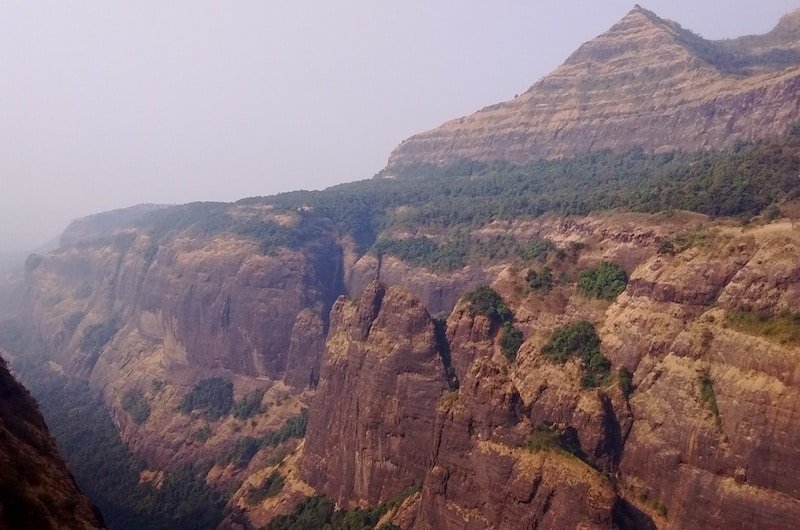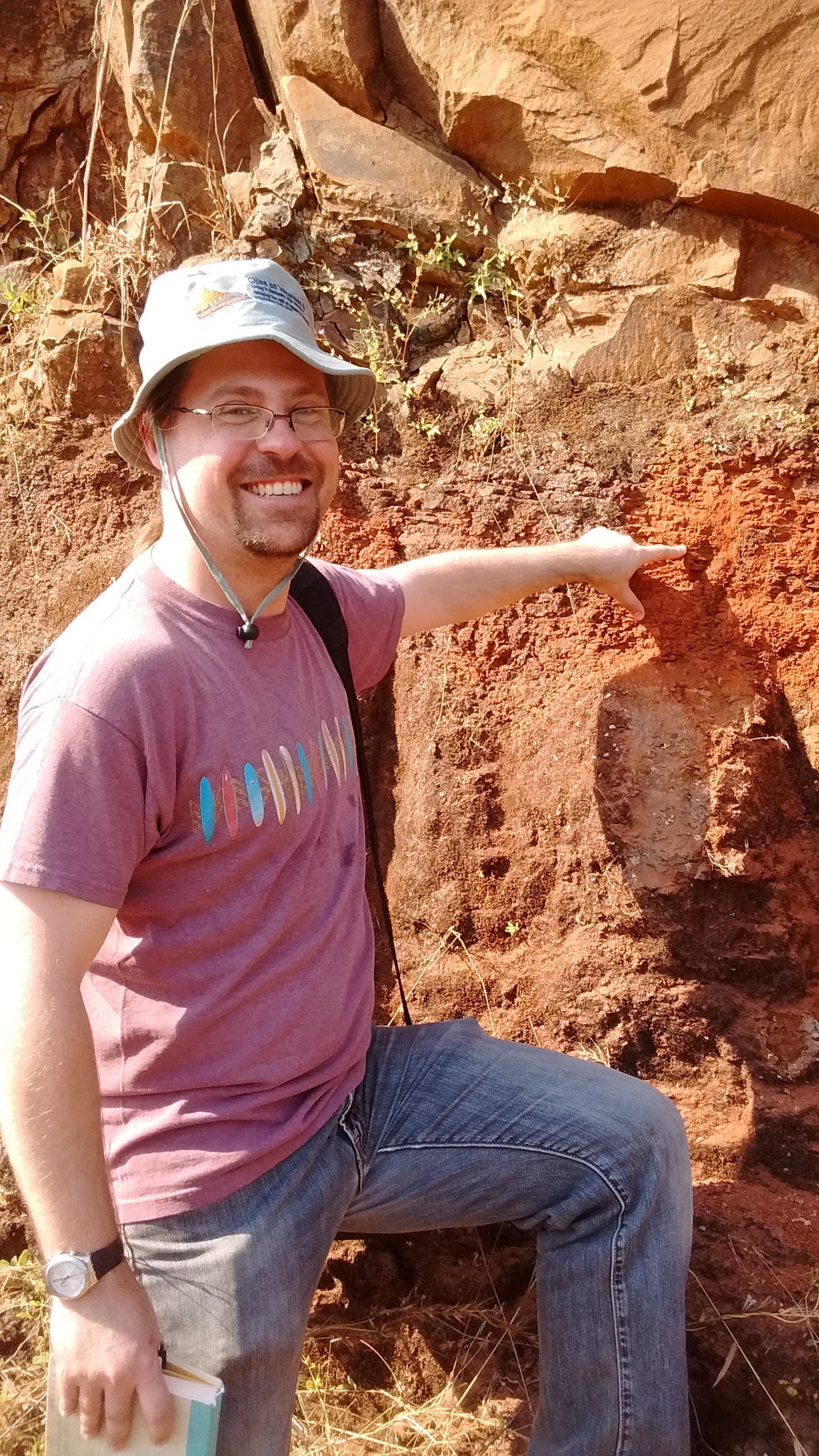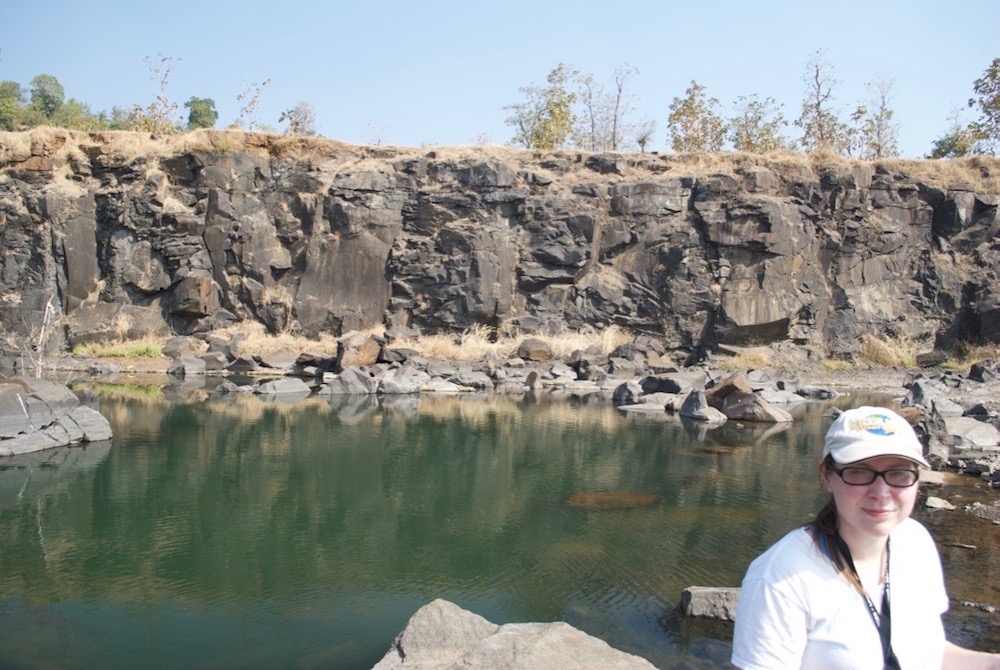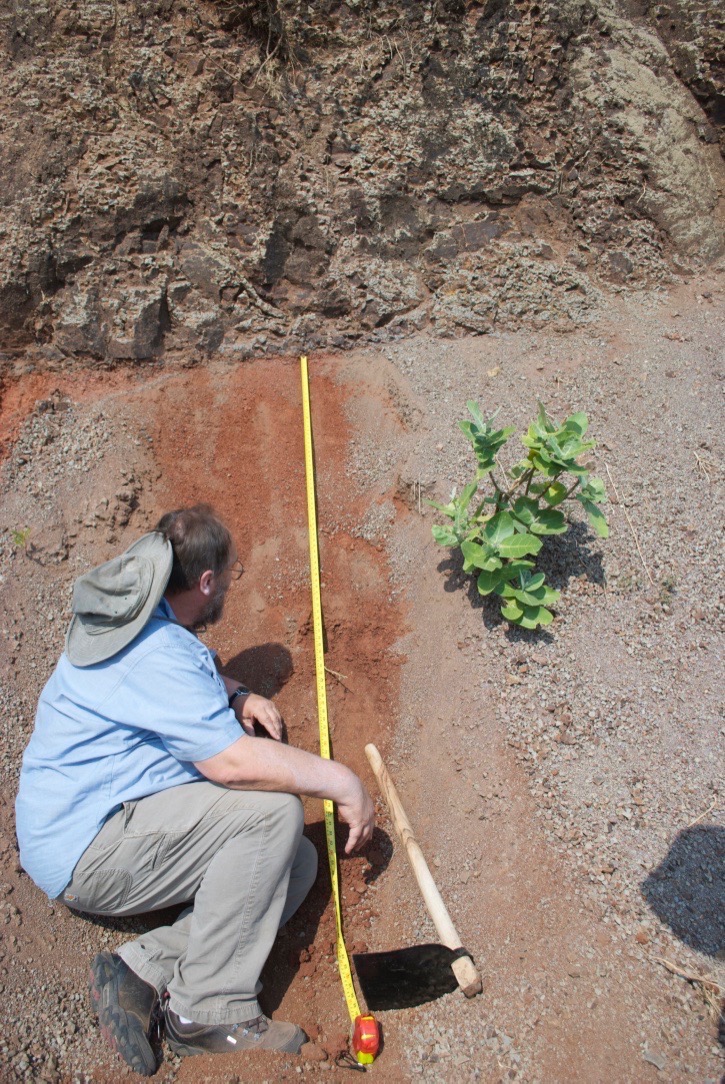About sixty-six million years ago a planet-wide catastrophe brought the non-avian dinosaurs to their demise, and the end of the Cretaceous period was marked by a mass extinction of its fauna and flora. New data, published in the journal Science, says it’s possible that intense volcanic eruptions in India coincided with the worldwide extinction – ultimately cementing the fate of the massive reptiles.
“Our previous research presented the hypothesis that a large asteroid impact off the coast of Yucatan could have shaken the Earth globally, which could have disrupted the magmatic systems of volcanoes across the world, causing this transition,” said Loÿc Vanderkluysen, PhD, volcanologist and professor of geoscience in the College of Arts and Sciences at Drexel. However, this hypothesis remained very much untested and controversial, until now.
“We are able to recreate with great precision the order of events at the end of the Cretaceous period,” said Vanderkluysen.
“Now that we have dated Deccan Traps lava flows in more and different locations, we see that the transition seems to be the same everywhere. I would say, with pretty high confidence, that the eruptions occurred within 50,000 years, and maybe 30,000 years, of the impact, which means they were synchronous within the margin of error,” said Paul Renne, a professor-in-residence of earth and planetary science at UC Berkeley, director of the Berkeley Geochronology Center and senior author of the study.
The new dates confirm earlier estimates that the lava flows continued for about a million years, but the data shows that three-quarters of the lava erupted after the impact. Previous studies suggested that about 80 percent of the lava erupted before the impact.
The close correlation of the two events, eruptions and extinction – don’t seem to be a coincidence, according to the researchers. “This bolsters the theory that the impact of the asteroid was the main cause,” said Vanderkluysen. “It’s like shaking a bottle of champagne, it can accelerate volcanic activity.”





